Cuba, is an island brimming with vibrant art, a wide range of salsa music and villages cloaked in colonial charm.
This fascinating country is somewhat complicated yet absolutely captivating for many reasons.
Home to nine UNESCO World Heritage Sites and a population as warm and scintillating as its tropical climate and colorful arts, Cuba—once again has become accessible to American travelers— is a country begging to be explored from travelers worldwide.
Located 90 miles off the coast of Key West, Florida, Cuba is the largest Caribbean island nation. Its neighbors are the Cayman Islands, Jamaica and Haiti.
Its varied geography includes rolling farmland, rugged mountains and white-sandy beaches that are waiting thousands of tourists to enjoy each year.
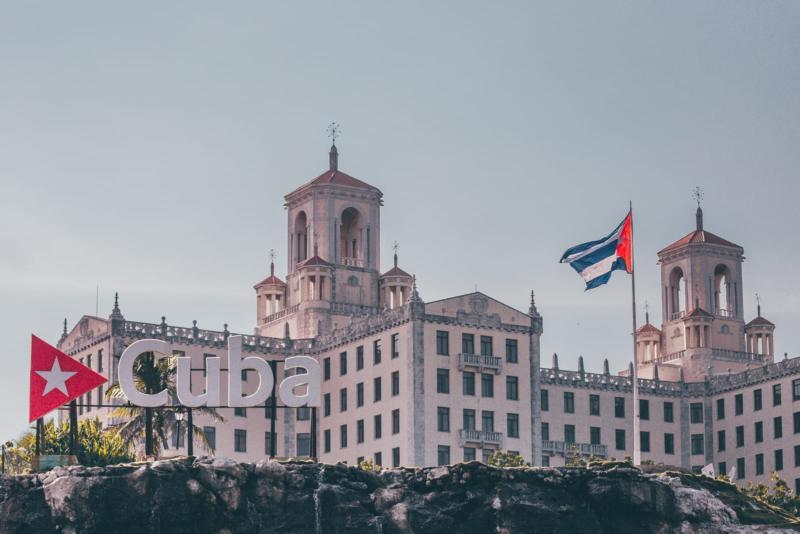
Cuba is a destination not to be missed or overlooked and is an intriguingly beautiful country.
Cuba is an extremely one of a kind country, hence you may feel like you have hopped in a time machine and gone back to the 1950’s.
From the bustling city streets in Cuba to the classic convertible cars dominating the roads to simply learning the history about Cuban tobacco, Cuba is certainly a unique place that allows you to get a taste of what its like to live in a socialist country.
In this article I will provide some useful travel advice on what to do, describe some popular highlights and also share tips when travelling here in Cuba.
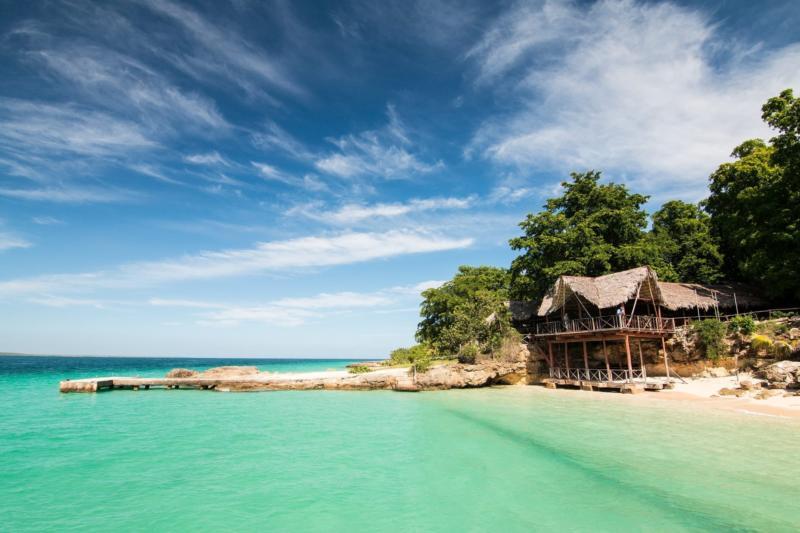
Visiting Cuba for the first time
Cuba located in the northern part of the Caribbean is a great choice to visit all year round due the its fantastic climate in every season.
If hard pressed on deciding what season is best, I would certainly recommend visiting Cuba between November-March to avoid awfully hot temperatures and the occasional rain.
Currency on Cuba
When first arriving in Cuba, you may even be surprised or confused that Cuba has TWO official currencies. You may then be equally more confused by the array of misinformation online regarding what official currency to use.
However, wonder no more, the two currencies are as follows:
– Cuban Pesos (CUP)– Everyday Currency for Cubans
– Peso Cubano Convertible (CUC)– Currency for visitors
Added Note – Foreigners are not limited to use only (CUC). Visitors can also use (CUP), However as a tourist, you’ll be predominantly using Cuba’s secondary currency which is specifically for tourists, the Cuban Convertible Peso (CUC) which is also pinned to the US Dollar.
So, for example $1 CUC = $1 USD. (Give or take)
Things to do on Cuba
Cuba is a place with undeniable fascination, how could you question this beautiful country that provides magnificent soft white sandy beaches, rugged mountains, lush greenery, colorful colonial cities and an exhilarating salsa scene which will push you to throw on your dancing shoes.
Cuba has it all.
Cuba’s capital Havana continues to seduce visitors frequently due to its incomparable charm, its beautiful spirit and unwavering kindness of its locals.
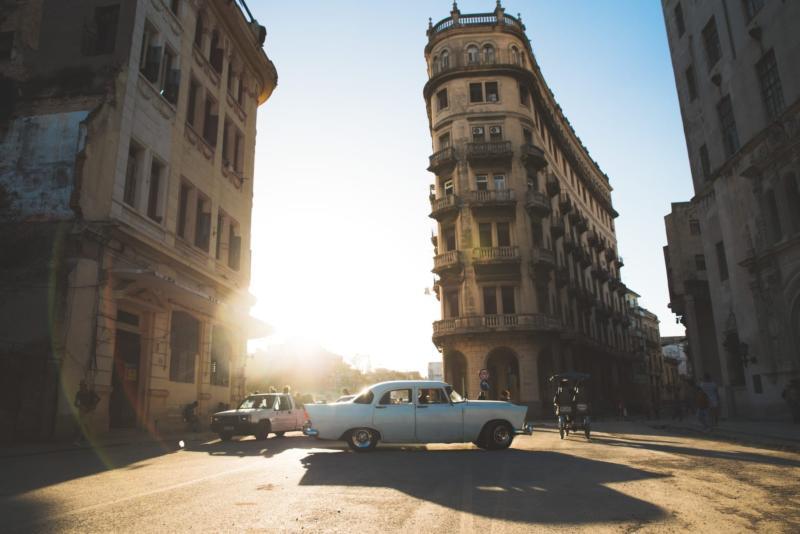
Explore Havana or (Habana Viejo)
I can assure you no trip to Cuba is complete without visiting Cuba’s capital city.
Havana or Havana Viejo is a historic city that was declared an UNESCO World Heritage Site in 1982.
Havana is somewhat a nice introduction into Cuba, however If you want to truly experience something more authentic & more traditional, the best way to do so is get out of the capital and explore some of the more traditional towns of which two are the most popular for visitors and locals alike: Trinidad to the East and Vinales to the West of Cuba.
Havana is a great choice for travelers to spend maybe 3-4 days exploring so please find below some of the things that are worth seeing when arriving in Cuba.
Below are some popular things tourists love to do in Havana
- Drive around in a classic Cuban vintage car
- Capture that iconic Che Guevara monument at Plaza de la Revolución
- Socialize with locals and drink some cocktails in Old Havana – Visit some of Hemingway’s old hangouts, like La Floridita and La Bodeguita del Medio.
- Take a long walk along the El Malecón – For a perfect view of the Havana seaside, come to El Malecon. Have a wander down this five-mile road and take it all in.
From fishermen working at sea to striking Spanish-colonial architecture, this strip is swarming with life and energy.
- Visit the revolution museum – Whether you’re a history buff or maybe struggling to remember Cuban facts you learned in high school.
- Also attend the world famous Tropicana Nightclub for a colorful show and cabaret.
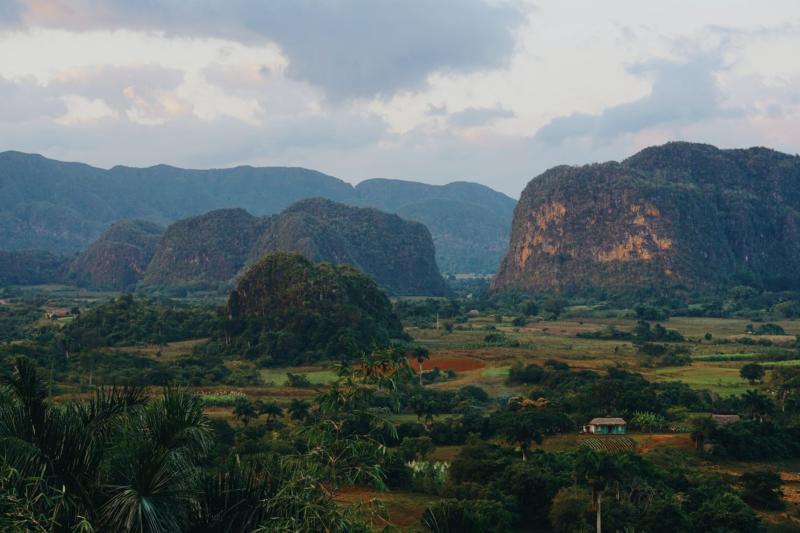
Visit Viñales
Located to the west of Havana is popular traditional town called Viñales.
Viñales is extremely popular with tourists and locals alike for its beautiful landscape scenery, also most tourists come here to dive deeper into what this beautiful town provides and to get a closer glimpse into the Cuban rural life.
How captivating is that!
If you’re an enthusiastic nature lover or someone who prefers to enjoy their vacation with an occasional cigar then Viñales will not disappoint.
Viñales is the home of tobacco in Cuba and provides some of the best cigars around, if enjoying a Cuban cigar isn’t enough to satisfy your desires then Viñales also offers tours where you can actually visit a tobacco farm and learn how to make Cuban cigars.
Without doubt Viñales is a small yet fun town to explore here in Cuba primarily because of its nature, mountains and rock-climbing activities available to tourists when visiting this brilliant city.
Definitely make sure to check it out and enjoy what this small city rural area offers.
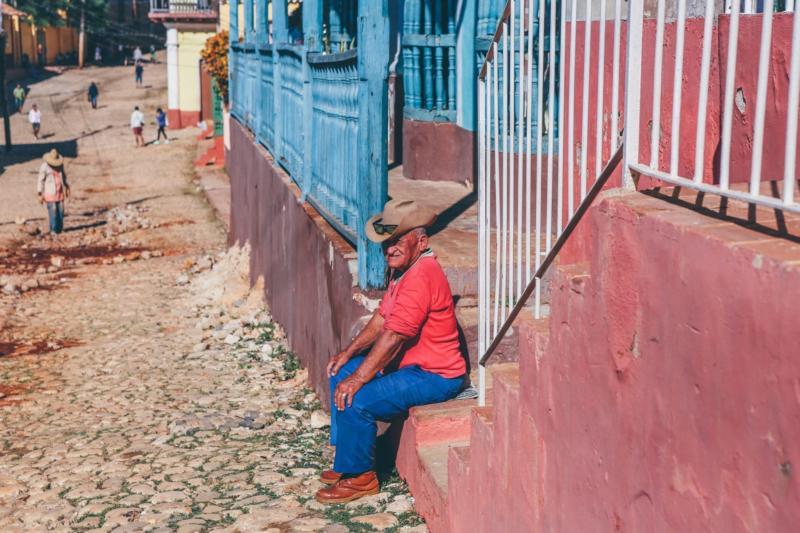
Trinidad
To the east of Havana you will find Trinidad, Trinidad is widely considered to be the most stunning town of all of Cuba from speaking to fellow travelers and locals: Trinidad is famous for its colorful houses, majestic landscapes, excellent music, friendly locals and maybe typical local Cuban food which are some of the things you’ll find here.
Highly recommended for travelers who are keen to explore Cuba outside of Havana.
Highlights of Trinidad
- Hang out on the steps of Plaza Mayor with a mojito to watch the sunset.
- Visit some art & history museums, like Museo de Arquitectura or Museo Romantico.
- Climb the bell tower at Iglesia de San Francisco for great city views.
- Go swimming under waterfalls at Topes De Collantes National Park.
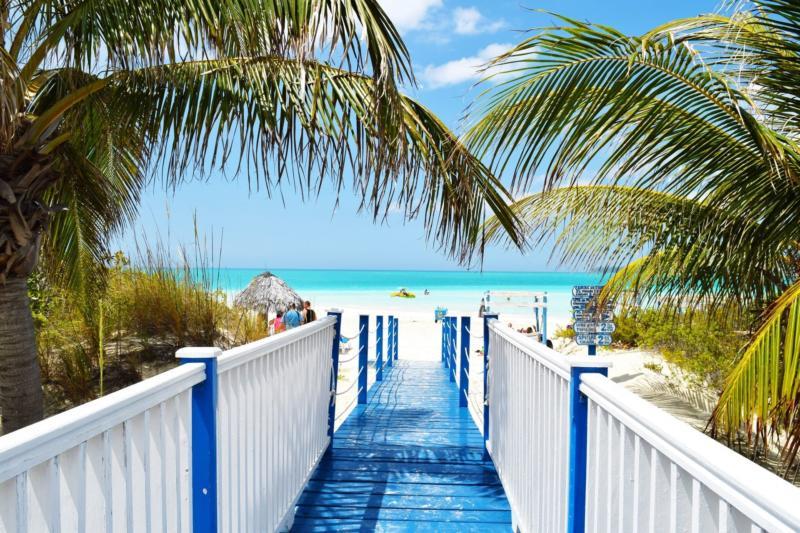
And finally
Forget McDonalds or your big-time corporations
There are no big corporations in Cuba, so don’t arrive here expecting to be able to start your day with a Big Mac meal or cheeseburger and fries. This is a refreshing change for many guests, so try and embrace this change and see it from a local’s perspective.
Also when purchasing items try spend your money on supporting independent Cuban businesses, just as the locals do.
Embrace a conversation with a local
Cuban culture is very warm and inviting, with locals constantly chatting and hanging out together having a cigar or a bottle of their favorite rum.
To travel like a local in Cuba, you must hang out with the locals to a certain degree to get a closer feel for their local culture and lifestyle.
When arriving in Cuba, pluck up enough courage and show off some of your Spanish language skills by conversating with people at a bar, listen to musicians in the street or maybe strike up an engaging conversation with the person next to you in a line while you wait for one of those famous Cuban Sandwiches.
You might just be surprised at what you may find out, Cuban local’s love to talk about themselves and in particular their unique history which is deep-rooted in Cuba.
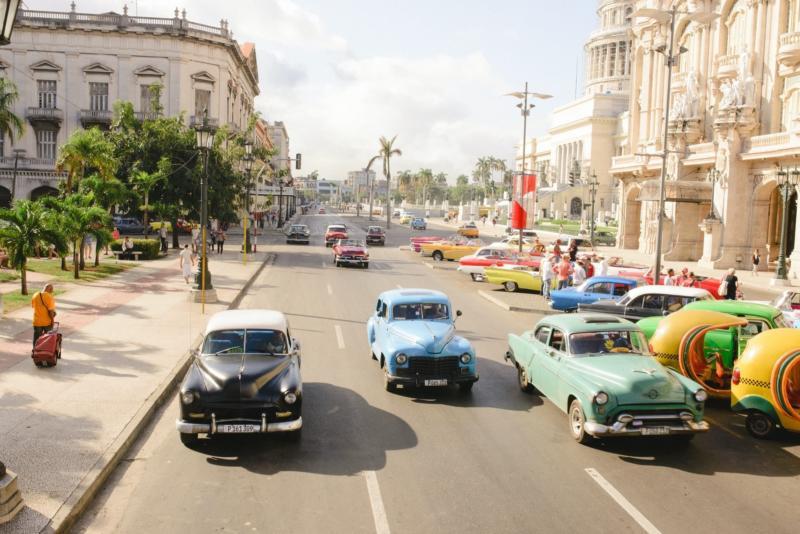
Top travel tips for staying in Cuba:
While Cuba can be affordable, it’s not an easy place to travel on an extreme budget.
Please find these tips below useful on your trip.
- Try and make a conscious effort to eat at a locally run paladares (small restaurant’s in local Cuban people’s homes).
- Use cheap local shared taxis, or split a 1950’s tourist taxi with other travelers.
- Also, the key to keeping expenses down in Cuba is to get away from the fancy/super expensive hotels and experience the pleasure of living with a local in one of Cuba’s many Casas Particulares (in essence, Guest Houses).
- Stay with locals in Casas Particulares whenever possible to keep accommodation costs down.
I hope you have enjoyed this travel guide on Cuba and found these tips and advice valuable.
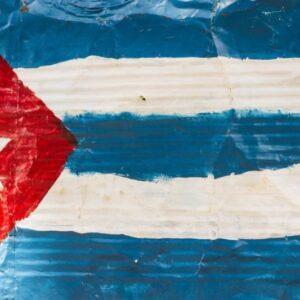
Leave a Reply